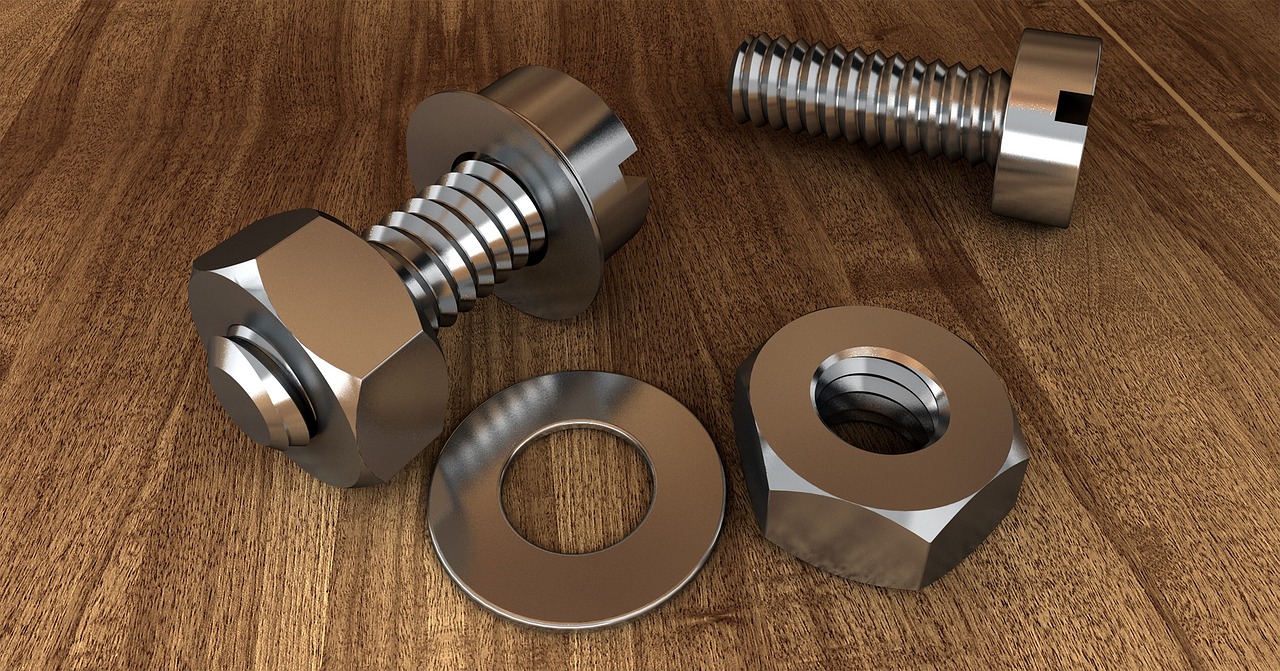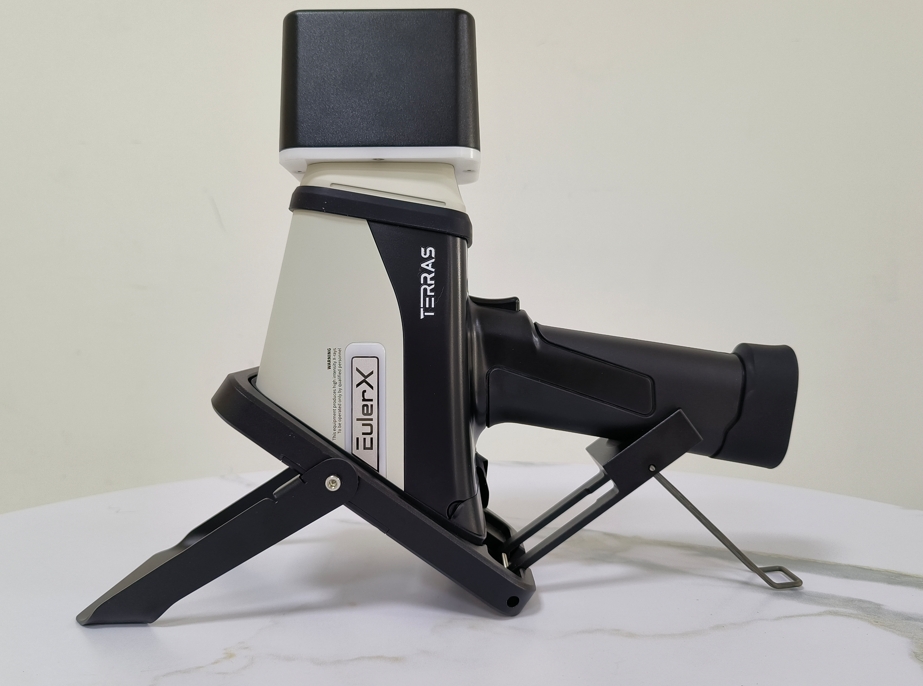
Alloy
A high-tech enterprise focusing on the development and application of X-ray technology products, committed to becoming a leading supplier of X-ray industrial testing solutions.
The Science Behind Handheld XRF: How Does It Analyze Materials?
Handheld X-ray fluorescence (XRF) analyzers have revolutionized material analysis across various industries, from environmental monitoring to archaeology. But what exactly is the science behind this technology? Let’s delve into the fundamental principles that make handheld XRF devices effective for analyzing materials.
How XRF Works
At its core, XRF relies on the emission of X-rays to identify the elemental composition of a sample. When a sample is exposed to high-energy X-rays, it emits secondary X-rays characteristic of its elemental constituents. These secondary X-rays are then detected and analyzed, allowing the device to determine the presence and concentration of specific elements.

Terras EulerX900 Handheld Alloy Analyzer
The Role of X-rays
The process begins with the XRF device emitting primary X-rays, which interact with the atoms in the sample. This interaction causes the atoms to become excited and subsequently emit their own X-rays as they return to a stable state. Each element emits X-rays at unique wavelengths, acting like a fingerprint that identifies the material. This specificity makes XRF a powerful tool for distinguishing between similar substances.
Data Analysis
Once the secondary X-rays are collected, the analyzer uses sophisticated software to compare the detected wavelengths to a database of known elemental signatures. This comparison enables the device to provide real-time results, revealing the elemental makeup of the sample in a matter of seconds. Modern XRF analyzers often feature advanced algorithms that enhance detection limits and accuracy, allowing for even more precise analyses.
Key Features of Handheld XRF
One of the standout features of handheld XRF devices is their portability. Unlike traditional XRF systems, which are often large and stationary, handheld models can be easily transported to various locations, making them ideal for fieldwork. Additionally, many handheld XRF analyzers offer user-friendly interfaces, enabling operators with minimal training to obtain results quickly.
Applications Across Industries
Handheld XRF analyzers have diverse applications, including:
Environmental Monitoring: Used to detect heavy metals in soil and water, helping assess pollution levels and compliance with environmental regulations.
Quality Control in Manufacturing: Employed in industries like metal recycling and electronics to ensure product quality by verifying elemental composition.
Archaeology and Art Conservation: Helps in analyzing materials and identifying elemental compositions in artifacts, guiding restoration efforts.
Advantages of Handheld XRF
The ultimate utility of handheld XRF lies in its ability to provide fast, non-destructive analysis of materials. Its benefits include:
Speed: Immediate results allow for quick decision-making.
Non-destructive Testing: Samples remain intact for further analysis if needed.
Cost-effectiveness: Reduces the need for expensive lab analyses.
Limitations to Consider
While handheld XRF is a powerful tool, it does have limitations. It generally provides qualitative rather than quantitative results for elements at low concentrations. Additionally, the presence of complex matrices can sometimes interfere with accurate readings. Understanding these limitations is crucial for users to interpret results correctly.
The EulerX 900 series has proved to be an excellent choice for metal analysis in a wide fields, providing fast, accurate results directly to the user. Thanks to its cutting-edge electronics and sophisticated mathematical algorithms, the EulerX 900 series ensures superior measurement quality within seconds. This makes it an ideal tool for inspecting and analyzing incoming materials, finished products, and in-process production parts in a non-destructive manner. Its simplicity of operation allows users to quickly view alloy grade and chemical composition on the touch screen display, achieving laboratory-quality analysis with minimal training and virtually no need for sample preparation, regardless of the sample is shape or size.

Terras EulerX900 Handheld Alloy Analyzer
Conclusion
In summary, handheld XRF technology represents a remarkable advancement in material analysis, combining portability, speed, and precision. By harnessing the power of X-ray technology, these devices enable users to make informed decisions based on accurate data. As technology continues to evolve, we can expect even more applications and improvements in the precision and efficiency of handheld XRF analysis, solidifying its role as an essential tool in various fields.
Join Us
Subscribe to our email list for updates & promotions.



